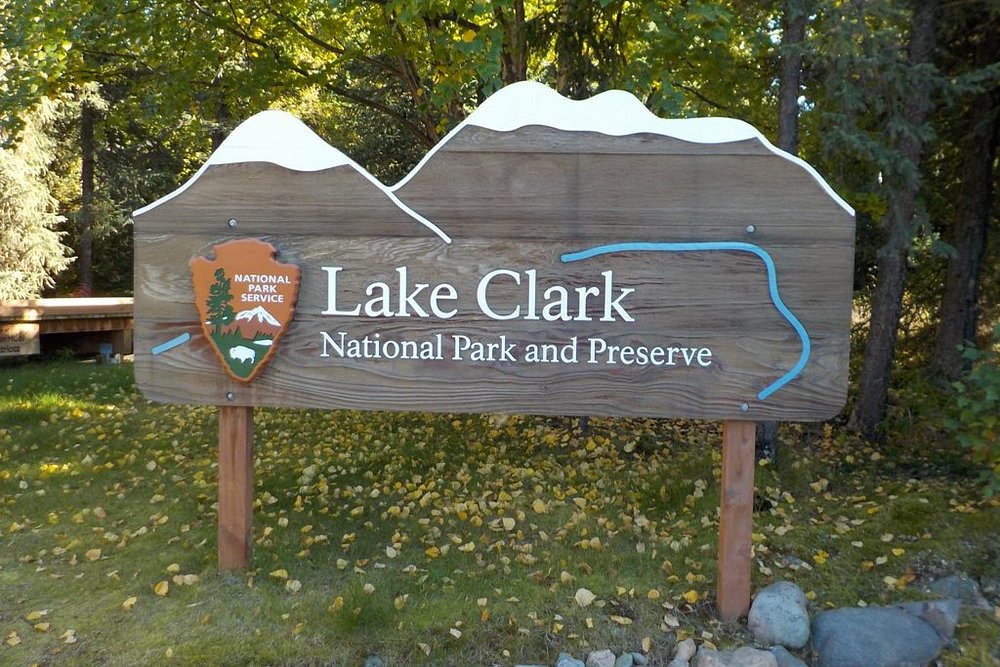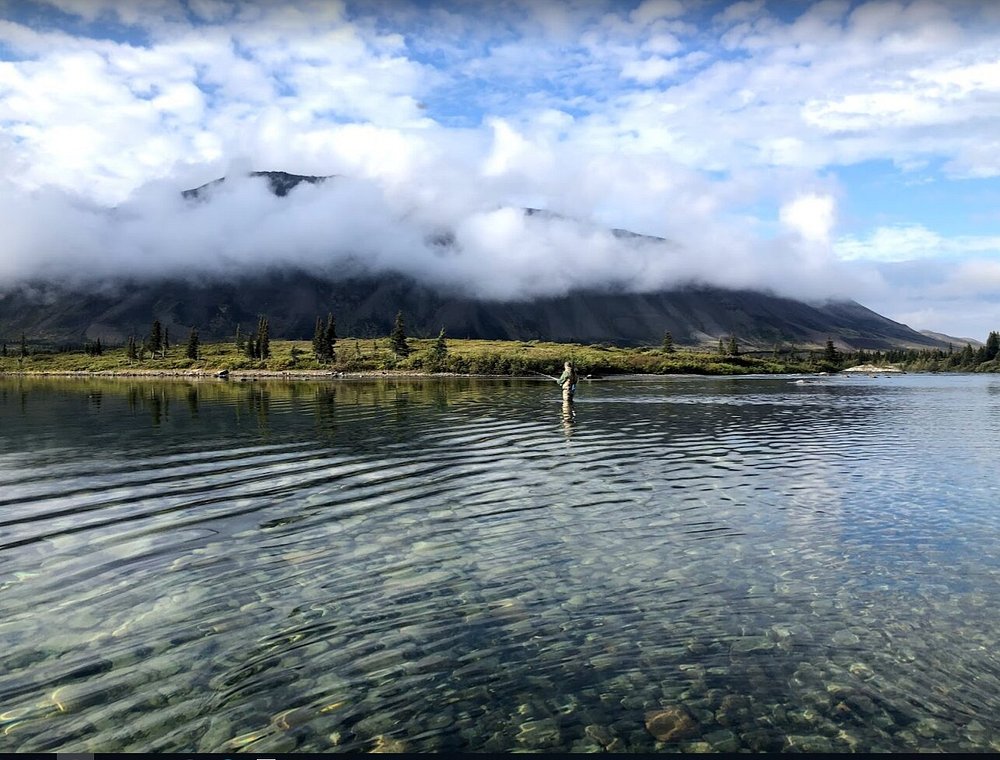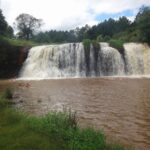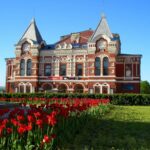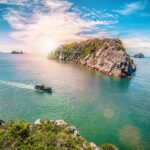Quick Bits:
Lake Clark National Park is a remote and rugged expanse in southwest Alaska, known for its pristine lakes, towering volcanoes, and diverse wildlife. Accessible only by plane or boat, this secluded paradise offers adventure seekers, photographers, and nature enthusiasts an opportunity to experience the raw beauty of the Alaskan wilderness. The park is home to stunning landscapes, including the iconic Lake Clark, vast tundras, and thick forests teeming with wildlife such as brown bears, moose, and bald eagles. Its rich cultural history, shaped by the Dena’ina Athabascans, adds to its allure, making it a destination unlike any other.
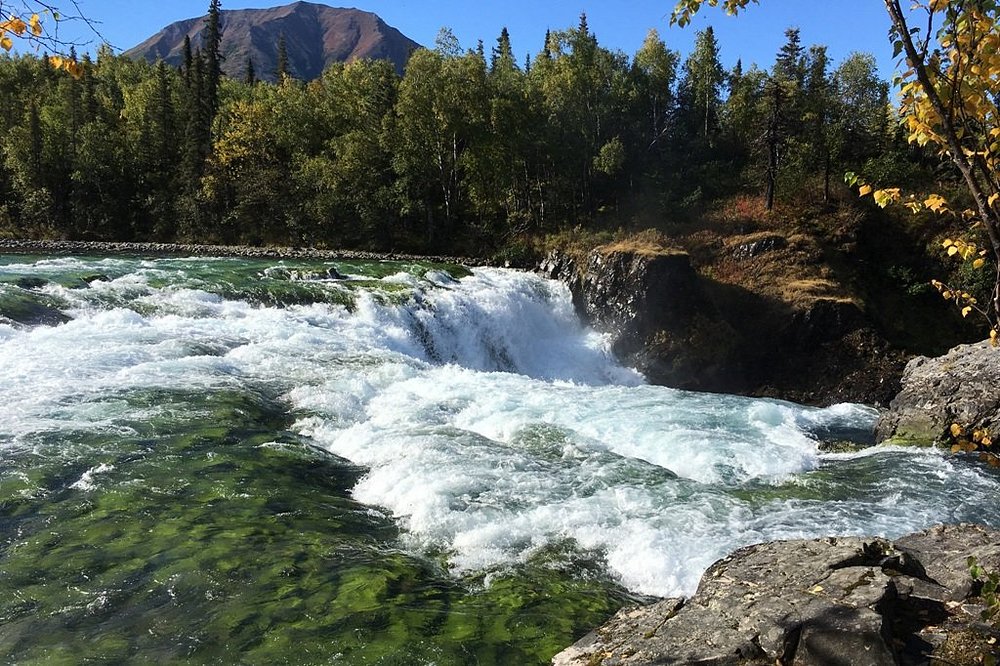
Key Highlights
- Home to Lake Clark, a stunning turquoise lake surrounded by mountains
- Abundant wildlife, including brown bears, moose, wolves, and bald eagles
- Active volcanoes, such as Mount Redoubt and Mount Iliamna
- Exceptional fishing opportunities in rivers and lakes
- Native Alaskan cultural history with preserved villages and heritage sites
- Backcountry hiking and kayaking in unspoiled wilderness.
General Information
Lake Clark National Park covers over four million acres of untamed land. It is one of the least-visited yet most breathtaking national parks in the United States. Without roads leading into the park, visitors must fly in or travel by water. This seclusion preserves the raw beauty of the landscape.
The park serves as a critical habitat for fish and wildlife. Sockeye salmon runs in its rivers sustain both the ecosystem and native communities. The Dena’ina Athabascans have called this region home for centuries, leaving behind rich cultural traditions and archaeological sites.
Outdoor activities range from fishing to packrafting, offering an experience far from crowded tourist spots. Whether exploring alpine tundra or coastal rainforests, every step reveals a new wonder.
Geography Information
The park’s landscape is diverse. Towering mountains, thick forests, and winding rivers shape the region. The western side features volcanic peaks, while the eastern section showcases coastal plains and fjords.
Lake Clark, the park’s namesake, spans 42 miles in length. Its deep, clear waters reflect the surrounding Chigmit Mountains. Other major water bodies include Crescent Lake and the Turquoise River, both known for their striking blue hues.
Glaciers carve through valleys, feeding rivers that surge with salmon. The park also contains part of the Aleutian Range, home to Mount Redoubt, an active stratovolcano that erupted in 2009. This dynamic landscape supports a delicate balance of flora and fauna.

Places to Visit
Port Alsworth
A small community and the park’s gateway. Many visitors fly into this village before embarking on their adventures. The nearby Tanalian Falls trail offers an easy yet rewarding hike.
Silver Salmon Creek
One of the best places to observe coastal brown bears. They gather here during the summer months to feast on salmon.
Twin Lakes
A remote area with historic significance. The famous wilderness survivalist Richard Proenneke built his cabin here, which still stands as a testament to self-reliance.
Crescent Lake
A scenic lake surrounded by snow-capped peaks. It is popular for kayaking, fishing, and bear viewing.
Turquoise Lake
A hidden gem with crystal-clear water and panoramic views. A perfect spot for solitude and photography.
Yearly Climate
The climate varies greatly depending on the season. Winters are harsh, with temperatures often dropping below zero. Heavy snowfall blankets the mountains and valleys.
Spring brings melting ice and rising water levels. Rivers swell, and wildlife becomes more active. Temperatures remain cold but begin to warm gradually.
Summers are short and cool, with long daylight hours. The average temperature ranges from 50°F to 65°F. This is the best time for hiking and wildlife spotting.
Autumn sees the landscape transform into a tapestry of reds and golds. Cooler temperatures return, and bears begin preparing for hibernation.
Best Time of Year to Visit
The best time to visit depends on activities of interest. For bear viewing, July and August are prime months. Fishing is excellent from June through September. Photographers will find autumn’s colors striking, while winter offers a pristine, snow-covered wilderness for extreme adventurers.
Most visitors come between late June and early September when the weather is mild and travel conditions are safest. Those seeking solitude may prefer the shoulder months of May and October.
In Summary…
Lake Clark National Park offers an unparalleled experience in the Alaskan wilderness. Its remote setting ensures untouched landscapes and abundant wildlife. From its glacier-fed lakes to its towering volcanoes, every moment spent here feels like a journey into nature’s purest form.
For those willing to venture beyond the ordinary, this park rewards with sights and experiences found nowhere else. Whether watching bears fish for salmon, paddling through tranquil waters, or trekking across wild terrain, Lake Clark delivers adventure at every turn.

